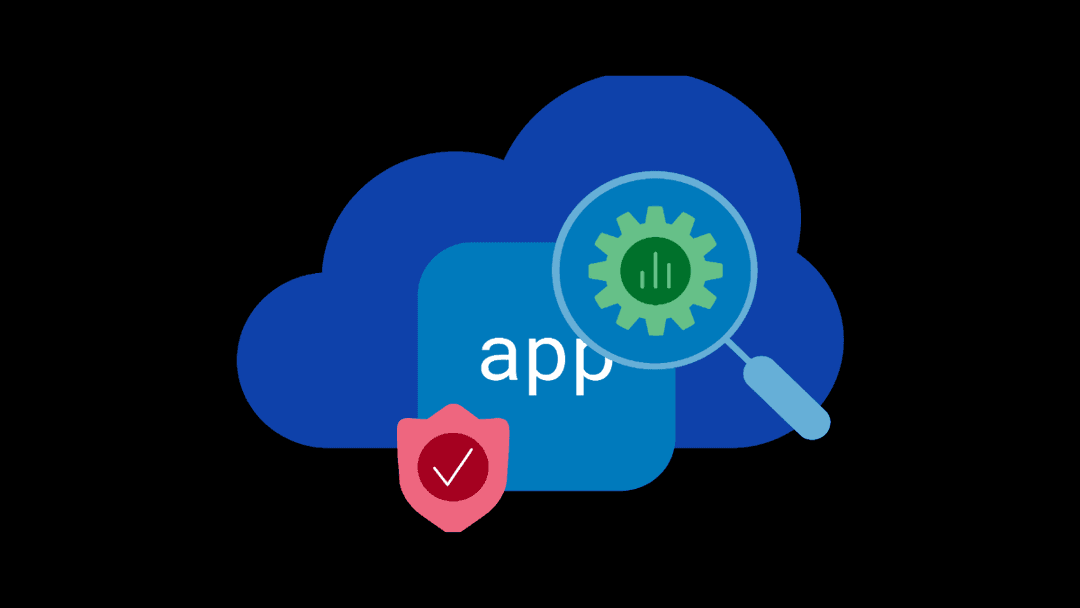
Multi-cloud computing, wherein data and applications are distributed across multiple cloud services, is becoming an increasingly popular strategy in the world of software development. While this strategy provides a plethora of undeniable benefits for an organization, it requires an awareness and understanding of several unique security challenges.
Below, I will discuss the advantages of using a multi-cloud strategy as well as the security challenges associated with it. In addition to identifying the areas of concern, I will offer some tips and best practices for keeping your multi-cloud environments manageable and secure.
Advantages of a Multi-Cloud Architecture
There are several advantages to moving to a multi-cloud strategy, from bolstering system resilience to increasing organizational flexibility. Let’s take a more in-depth look at a few of these benefits.
Improving System Resilience
One of the most important aspects of building an application is ensuring that it is reliable and available. Multi-cloud architectures help organizations avoid downtime by providing teams with the resources they need to keep their services running when one cloud provider experiences an outage or other major disruption.
Flexibility to Leverage the Strengths of Multiple Cloud Providers
As they compete with one another for business, cloud providers regularly innovate and refine their offerings to better meet the needs of development organizations. An organization that leverages the services of multiple cloud providers is in a better position to take advantage of these advancements. This will help move the business forward by enabling developers to continually innovate without worrying about the limitations of any one individual cloud provider.
Limiting the Risks Associated with Vendor Lock-In
Locking yourself into a particular cloud vendor can be problematic for several reasons. As mentioned above, the provider may not be capable of effectively running a newly-minted application. In addition, the quality of the service that the cloud vendor provides may decline over time. If such a situation occurs (and an organization is unprepared to leverage another cloud service), the damage to the business can be severe. A multi-cloud strategy inherently reduces your organization’s dependence on any one particular vendor.
Implementing Secure Operations Practices When Moving to Multi-Cloud
With all of these benefits, what could go wrong? When it comes to application, data, and infrastructure security, a lot could go wrong if teams are not prepared to address the challenges associated with the move to multi-cloud.
Holistic Monitoring for Full Visibility
When organizations make the move to a multi-cloud architecture, they significantly expand their attack surface. This makes appropriate monitoring all the more important – but monitoring in the world of multi-cloud can be a rather complex undertaking. For instance, it’s tempting (and sounds simple enough) to leverage the cloud service provider’s built-in monitoring tools to track actions within their services. However, this approach results in siloed visibility and fails to provide a unified view of what is occurring across the entire multi-cloud infrastructure.
Instead, DevOps teams should utilize modern cloud monitoring tools that provide a holistic and unified view of their cloud deployments across all platforms. That way, issues (security-related or otherwise) can be identified and rectified as soon as possible.
Understanding Shared Responsibility
When working with a public cloud service provider, organizations must be aware of something called “shared responsibility.” This means that the cloud service provider is responsible for certain aspects of security while others are left up to the DevOps teams leveraging the service. When taking a multi-cloud approach, the trick is to maintain a keen awareness of where the cloud provider’s responsibility ends and yours begins.
In many instances, the provider will be responsible for securing the infrastructure that powers their cloud services, leaving the organization responsible for securing everything that they store and run in the cloud (including guest operating systems, applications/services, and data). The exact scenario may vary somewhat depending upon the provider and the service. When uncertain, it is a best practice for the organization to assume responsibility and take the necessary steps to ensure that their cloud workloads are as secure as possible. In other words, better safe than sorry.
Standardizing and Automating Configuration
Leveraging a multi-cloud strategy for the purpose of increasing availability often means that organizations will be deploying the same cloud workloads across multiple cloud platforms. In this case, it’s important to avoid configuration drift, since it can threaten the consistency and security of the cloud deployment. Configuration drift can be prevented by keeping security policies in sync and leveraging cloud-agnostic infrastructure as code tooling to automate environment setup across cloud platforms. This reduces the complexity of managing services running on different cloud platforms while also helping to mitigate the risk of human error in environment configuration. It’s also a best practice to make sure that all IaC templates in use are thoroughly vetted and regularly reviewed to root out misconfigurations that may lead to cloud deployments with security shortfalls.
Nurturing a Culture of Continuous Learning
Multi-cloud is still a relatively new concept. Combine that with the complexities involved in its implementation and the rapid pace of its adoption, and it's easy to see why developers and IT folks have to stay up to speed when organizations go multi-cloud. Ensuring that your teams are familiar with the latest practices and innovative tooling will help enable them to maintain a scalable, flexible, and secure multi-cloud architecture.
About the Author
Related Blog Posts

SaaS-first strategies reshape cloud-native application delivery
F5 NGINXaaS empowers cloud and platform architects to unify operations, reduce complexity, and deliver exceptional digital experiences at scale.

F5 ADSP Partner Program streamlines adoption of F5 platform
The new F5 ADSP Partner Program creates a dynamic ecosystem that drives growth and success for our partners and customers.

Accelerate Kubernetes and AI workloads with F5 BIG-IP and AWS EKS
The F5 BIG-IP Next for Kubernetes software will soon be available in AWS Marketplace to accelerate managed Kubernetes performance on AWS EKS.
F5 NGINX Gateway Fabric is a certified solution for Red Hat OpenShift
F5 collaborates with Red Hat to deliver a solution that combines the high-performance app delivery of F5 NGINX with Red Hat OpenShift’s enterprise Kubernetes capabilities.
F5 Silverline Mitigates Record-Breaking DDoS Attacks
Malicious attacks are increasing in scale and complexity, threatening to overwhelm and breach the internal resources of businesses globally. Often, these attacks combine high-volume traffic with stealthy, low-and-slow, application-targeted attack techniques, powered by either automated botnets or human-driven tools.
Phishing Attacks Soar 220% During COVID-19 Peak as Cybercriminal Opportunism Intensifies
David Warburton, author of the F5 Labs 2020 Phishing and Fraud Report, describes how fraudsters are adapting to the pandemic and maps out the trends ahead in this video, with summary comments.